GUJARAT TECHNOLOGICAL UNIVERSITY, AHMADABAD, GUJARAT
DIPLOMA ELECTRICAL ENGINEERING
COURSE TITLE: UTILIZATION OF ELECTRICAL ENERGY
(Course Code: 3340903)
4th Semester
Unit – 1 Illumination
1.1 Illumination terminology: Solid and plane angle, Luminous Flux, Luminous Intensity, Lumen, Candle Power, Lux, Lamp Efficiency, Specific Consumption, Glare, Space-Height Ratio, Utilization Factor, Maintenance Factor, Absorption Factor, Reflection Factor
1.2 Law of Inverse Squares and
Lambert’s Cosine Law
1.3 Incandescent Lamp,
1.4 Low Pressure Mercury Vapour Lamps (Fluorescent Tube)
1.5 High Pressure Mercury Vapour (HPMV) Lamps
1.6 High Pressure Sodium Vapour(HPSV) Lamps
1.7 Compact Fluorescent Lamps (C.F.L.),
1.8 Halogen Lamps
1.9 Metal Halide lamp
1.10Electronic ballasts
Unit– 2 Electrical Heating and Welding
2.1 Requirements of heating element materials
2.2 Resistance and Arc heating
2.3 Resistance Heating : Direct(Salt Bath Furnace), Indirect Resistance Heating( Resistance Ovens)
2.4 Arc Heating and its applications
2.5 Types of Arc furnace -Direct and Indirect
2.6 Methods of Temperature Control.
2.7 Induction Heating and its applications
2.8 Types of induction furnace
– Core Type ( Ajax Wyatt) and
– Coreless type Induction Furnace
2.9 Dielectric Heating and its applications
2.10 Quality of a good weld, welding defects
2.11 Principle of Resistance Welding
2.12 Types of Resistance welding – Spot, Seam, Butt, Projection, Percussion and flash butt welding
2.13 Principle of Electric Arc welding
2.14 Types of Arc welding Machines:
a. DC Welding Machines–MG Set,AC Rectified welding unit.
b. AC welding Machines–welding Transformer.
Unit–3 Electric Drives And Elevators
3.1 Source, Power modulator, Electric motor, Control unit and Load
3.2 Electrical characteristics, Mechanical factors, Nature of load torque, Size and cost .
3.3 Comparison of DC & AC Drive and Individual & Group Drive
3.4 Speed Torque Characteristics of the Motor
3.5 Types of electric elevator machines and their motors
3.6 Power transmission gears and braking
3.7 Safety in elevators
3.8 Lift and elevator Act; such as Gujarat Lift Act Nov 2001 and others
Unit-4 Electric Traction
4.1 Requirements of ideal Traction System.
4.2 Traction Mechanics: Types of Services, Speed Time Curve.
4.3 Supply system: DC System, Composite System, Single Phase ac system with low and normal frequency and 3 phase system
Unit-5 Domestic Electrical Appliances
5.1 Domestic electrical appliances:
i. Electric iron.
ii. Electric toaster.
iii. Electric water heater.
iv. Microwave oven.
v. Fans (Ceiling and Table fan)
vi. Washing Machine.
vii. Grinder/ Mixer/ juicer.
viii. Vacuum Cleaner.
ix. Flour Mill etc.
x. Air conditioner
5.2 Concept of Star System for energy conservation
For official syllabus go to: https://www.gtu.ac.in/
Electricity is used in every walk of life whether it is home, office, industry or farm. It is being used for lighting, heating, refrigeration, cooking, air conditioning, operating machines/computers, welding, traction, irrigation and so on. In this era of energy crisis it is must that electricity is consumed efficiently. Every diploma electrical engineer therefore should know to operate and maintain main electrical utilities for their efficient operations. This course will enable the students to develop skills to maintain /troubleshoot various electrical equipment / gadgets/appliances in domestic, commercial and industrial sector. The students will be able to make proper selection of equipment according to requirement to ensure economical and efficient use of electricity. Essential theoretical and practical knowledge will be achieved by this course.
The course content should be taught and implemented with the aim to develop different types of skills so that students are able to acquire following competency:
- Maintain different types of electrical utilities and systems
The theory should be taught and practical should be carried out in such a manner that students are able to acquire different learning outcomes in cognitive, psychomotor and affective domain to demonstrate following course outcomes.
i. Maintain/Troubleshoot various lamps and fittings in use.
ii. Maintain various electric heating and welding equipments used in industries.
iii. Maintain Electric Drive and elevator used in industries.
iv. Maintain Electric Traction system.
v. Maintain various domestic electrical appliances.
i. www.nptel.iitm.ac.in
ii. www.howstuffworks.com/
iii. www.vlab.com
Study Material
Here you will get official GTU Syllabus, Question Bank, Old GTU exam papers, PPT’s and Lecture Notes.
Teaching Scheme
Lecture
Tutorial
Practical
Credit
Examination Scheme
Theory (ESE)
Theory (PA)
Practical (ESE)
Practical (PA)
Total Marks
Video Lectures
Blog
Significance of D.C. series motor as a traction motor
D.C. series motors are commonly used as traction motors in electric vehicles, locomotives and trams because of their high starting torque and simple control characteristics. High Starting Torque: The series connection of the armature and field winding in a D.C. series...
Working principle of Monorail and Metro system of traction
The working principle of monorail and metro systems of traction can be explained as follows: Power Supply: Monorail and metro systems are powered by electricity. The trains pick up electric power from an overhead power line (in case of monorail) or a third rail (in...
What is the importance of dead man handle in train?
Trains are a crucial mode of transportation, carrying millions of passengers and tons of cargo every day. However, they are also complex and heavy machines that pose significant risks if not operated properly. To mitigate these risks, trains are equipped with a...
Main features of Ahmedabad Metro Train
The Ahmedabad Metro train project is a rapid transit system in the city of Ahmedabad, Gujarat, India. The project is being implemented by the Gujarat Metro Rail Corporation Limited (GMRC) and will consist of two corridors: North-South corridor: This corridor...
Types of Traction System
This System become classified in two ways:(1) Non – Electrical Traction: In non electrical traction system electric energy is not used at any stage for its propulsion.(In Short in this system does not use electricity.) Steam engine drive I.C. engine drive (2)...
Requirements of Ideal Traction System
Following are Requirements of Ideal Traction System: A Traction should have high starting torque or effort so that high rate of acceleration is obtained. Traction should be as compact in size as possible. The traction system should have large over load capacity for...
Parts of Electrical Drives
TheoryThe block diagram of electrical drive which shows the basic circuit design and components of a drive also shows that, drives have some fixed parts such as, load, motor, power modulator, control unit and source. This equipment is termed as parts of drive system....
Classification of Electrical Drives
TheoryThe classification of electrical drives can be done depending upon the various components of the drive system. Now According to the design, the drives can be classified into three types: 1. Single-motor drive: In individual drive a single electric motor is used...
Choice of Electrical Drives
TheoryChoice of an electrical drive depends on a number of factors. Some of the important factors are: 1. Steady state operation requirements: Nature of speed torque characteristics, speed regulation, speed range, efficiency, duty cycle, quadrants of operation, speed...
Introduction of Electrical Drive
TheoryINTRODUCTION: Whenever the term electric motor or generator is used, we tend to think that the speed of rotation of these machines is totally controlled only by the applied voltage and frequency of the source current. But the speed of rotation of an electrical...

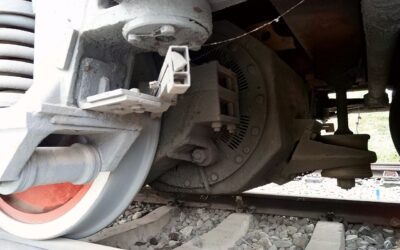
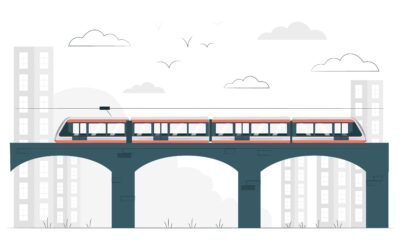
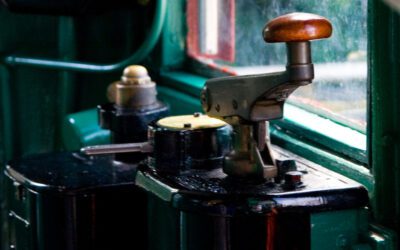
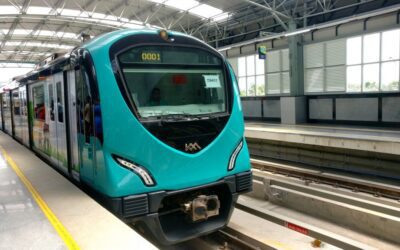
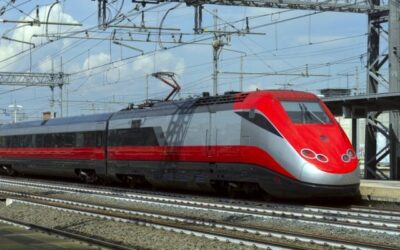
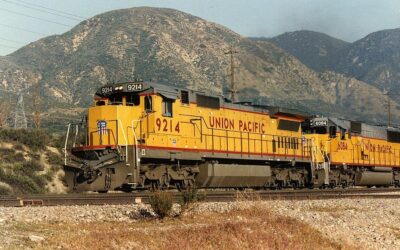
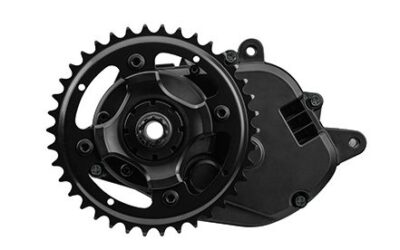
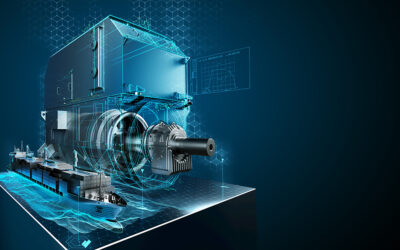
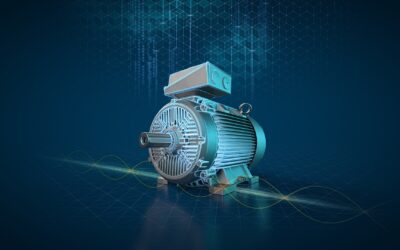
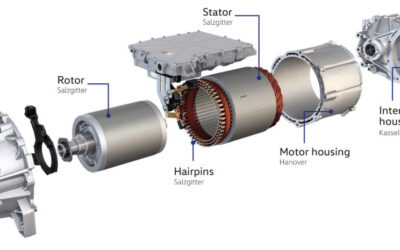
0 Comments